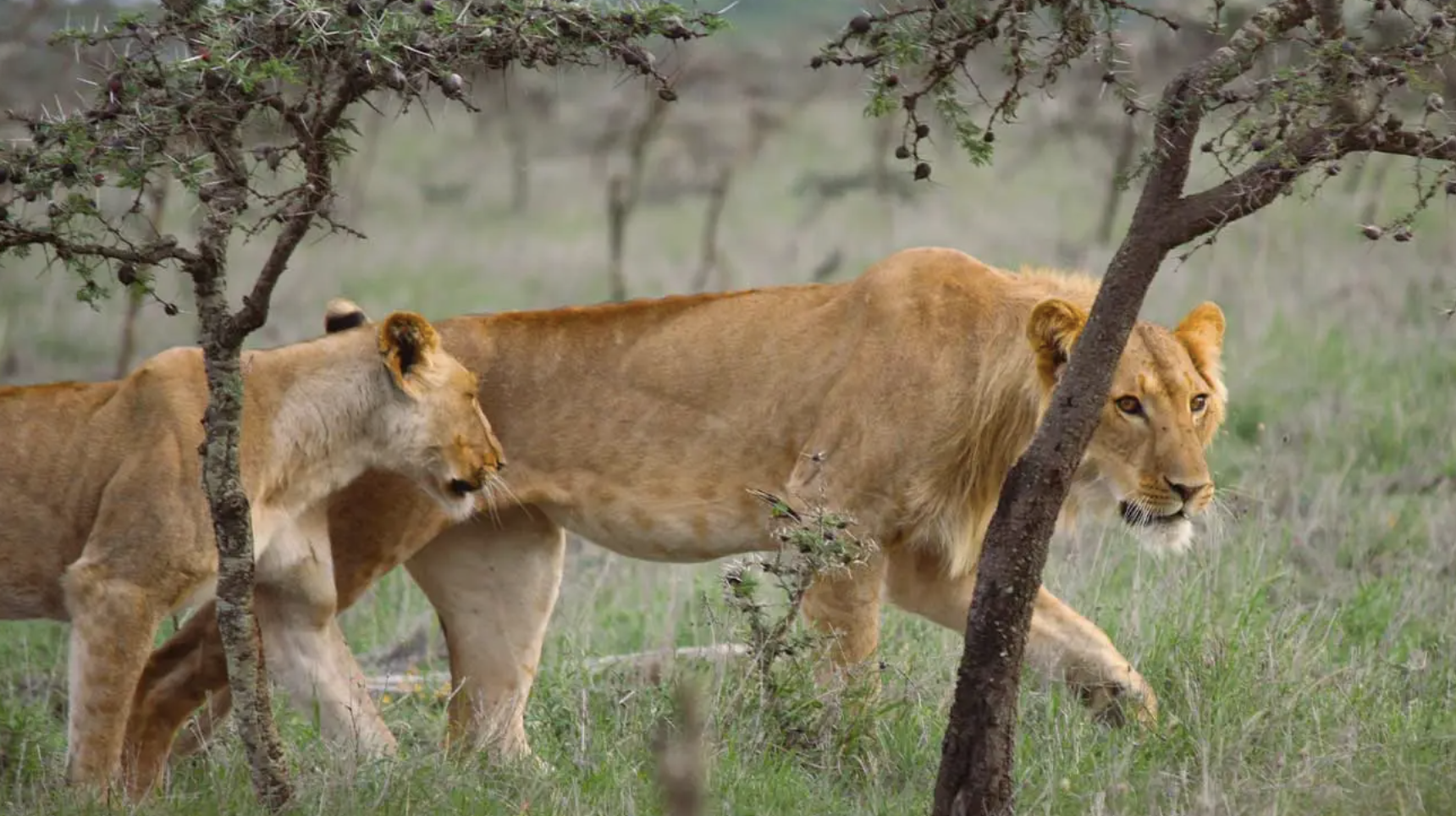How did the ant steal the lion’s food? This is not the beginning of Aesop’s fable. These are the conclusions of a new study that shows how disruption of a small interconnection in the African savannah can have a huge impact on the food web – all the way to the lion’s den.
When big-headed ants (Phaedol megacephala) invade the savannah, they kill native black locust ants (genus Crematogaster), robbing native whistling thorns as their brave defenders against hungry elephants. By not collecting ants, elephants destroy thorn trees, opening up grasslands, making it harder for lions to catch the zebras’ favorite food. Instead, the lions hunt the buffaloes. The findings, published Jan. 25 in the journal Science, show that the effects of invasive species can be very indirect and suggest that changes in various low-level interactions could also affect food webs in other ecosystems.

For the past 15 years, ecologist Jack Goheen and his colleagues at the University of Wyoming in Laramie and the Ol Pejeta Conservancy in Laikipia, Kenya, have been studying how black locust ants interact with whistling thorns. Security (SN: 15/06/10). “When an elephant tries to eat a tree, ants enter its veins and bite it from the inside,” Gohain says.
In a separate study, scientists also looked at what lions typically eat. “One of the things we found was that lions are more efficient and hunt more effectively in areas where there are more trees,” Gohain says.
But what happens when tree cover suddenly decreases? To find out, Gohain and his colleagues gathered six lionesses from a local pride to track their activity and kill rates. The team also established experimental plots that were invaded by giant ants and still influenced by native ants.
Gohain says the big-headed anteater was protected from 2002 to 2005. “We believe it was probably imported with products” – brought to homes or tourist camps in the area. Invasive insects are killing native acacia ants wherever they find them. Other studies have shown that pachyderms damage thorn trees five to seven times more often than those without protection from the ants.
In the new study, scientists could have used drones or satellite imagery to study tree cover, but “we don’t have that kind of money,” Gohain says. Instead, researchers tracked lions by their collars and then knelt near recently killed lions, using a rangefinder to measure the openness of the area. The team found that areas with big-headed ants had 2.67 times better visibility than areas without ants, meaning lions can see further, but their prey can also see further.
Lions attacked nearby zebras under the cover of trees: when visibility was poor, zebras were 62 percent more likely to die. But with good visibility, the probability of a zebra being killed by a lion dropped to just 22 percent.
Over the three years of the study, the percentage of lions killed by zebra dinner dropped from 67% to 42%. But the lions were not hungry. Instead they went for beef. During the study period, the number of buffaloes killed increased from zero to 42 percent. It’s a risky diet, Gohain says. Buffaloes are “big and small”, and buffaloes that hunt lions are more likely to be injured.
The study shows that “disrupting a mutualism can have a huge impact on other species in the community,” says plant ecologist Emilio Bruna of the University of Florida in Gainesville. “These effects may be unexpected and indirect.”
Bruna says ecologists should look to other pairs for guidance, such as the acacia ant and the thorn, where a special relationship forms the basis of an ecosystem and a single anthill can cause savanna-wide changes. Who’s that? Who eats?
